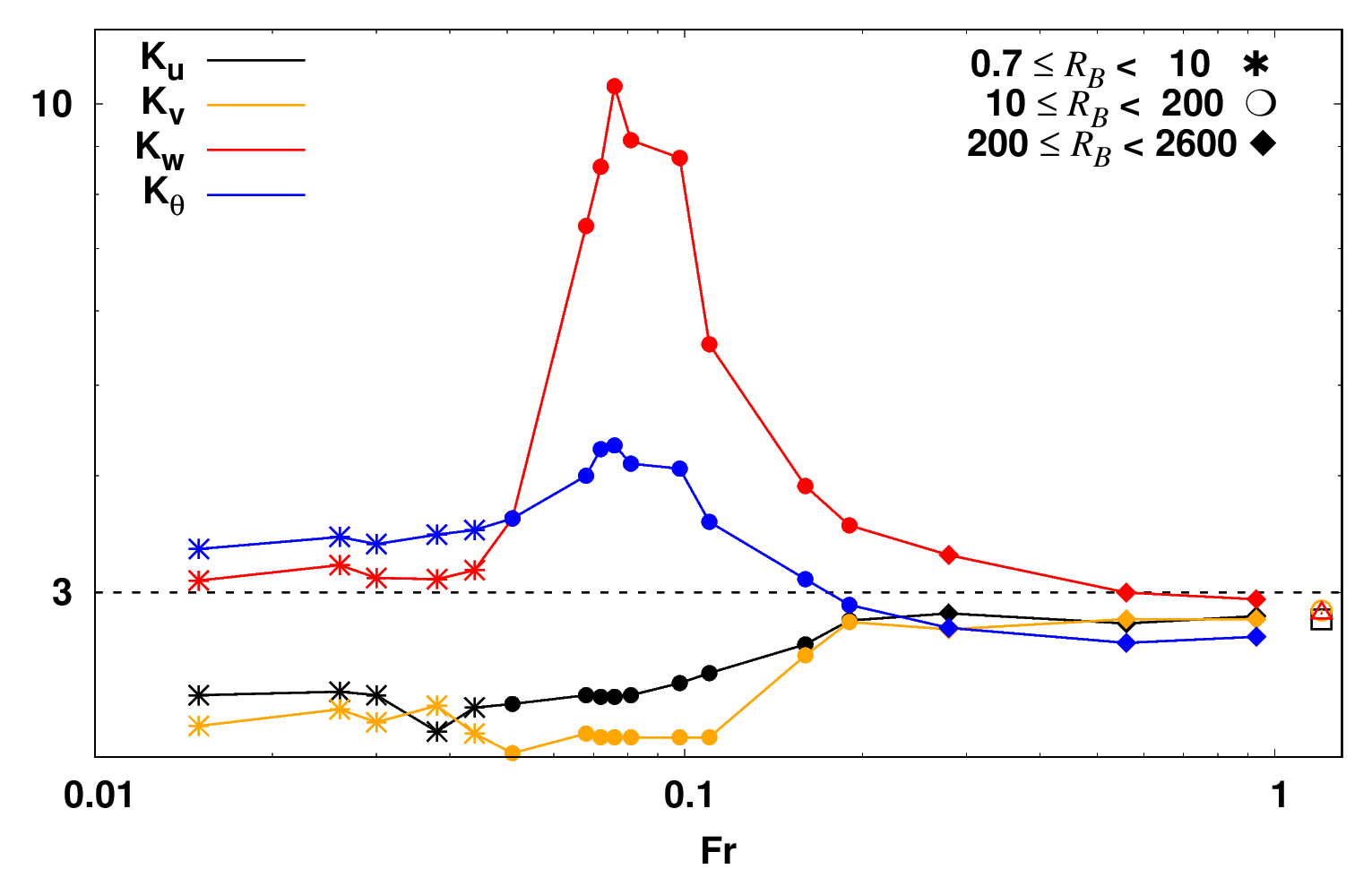Fabio Feraco PhD thesis defense: Dynamics driven by emerging vertical drafts in stratified turbulent flows
Committee
– Bertoglio Jean-Pierre, Research Director (CNRS, Emeritus) – Thesis Supervisor
– Marino Raffaele, Head of Research (CNRS) Thesis Supervisor
– Primavera Leonardo, Professor (University of Calabria, Italy) – Thesis Supervisor
– Lanotte Alessandra, Researcher (CNR, Italy) – Rapporteur
– Liu Hanli, Senior Scientist and Professor (NCAR-CU Boulder, US) – Rapporteur
– Moisy Frédéric, Professor (University of Paris-Saclay) – Examiner
– Bourgoin Mickaël, Head of Research (CNRS, École Normale Supérieure of Lyon) – Examiner
– Folini Doris, Senior scientist at Lecturer (ETH) – Examiner
Summary
Intermittency is a characteristic feature of turbulent flows.
Typically observed as the localized enhancement of small-scale field fluctuations, it is at the origin of the bursty behavior of the energy dissipation in fluids. However, the intermittent character of the velocity and of the temperature fields has been reported in many observations in geophysical flows also in the large scales.
The purpose of this thesis is precisely to characterize the emergence of large-scale intermittent vertical velocity drafts and temperature bursts in stratified turbulent flows of geophysical interest, as detected in the atmosphere and the oceans. In particular, using direct numerical simulations (DNSs) of the Boussinesq equations (with or without rotation), I explore the parameter space with the aim of investigating dynamics and energetics in stratified flows in which the interplay of internal waves and turbulent motions produces powerful enhancements of the vertical velocity and temperature at large-scale. This phenomenon, resulting from a resonant mechanism that I describe through a simple one-dimensional model, feeds back on the energy transport and dissipation property of the flow, influencing mixing. The large-scale intermittency detected in stratified flows has been investigated here by means of high order statistics of the prognostic fields, and in particular through the kurtoses of the vertical velocity and temperature, which are found to have a non-monotonic behavior with the Froude number, that is, the control parameter of the turbulent system viewed as a superposition of waves and nonlinear eddies.
The Eulerian fields are used to characterize the distribution of the energy across the scales and the exchanges between kinetic and potential energies within the resonant regime. Lagrangian tracers have also been released in DNSs to investigate their dispersion in stratified turbulent flows developing extreme vertical drafts.
The first radar observation of an extreme event in the vertical velocity field in the mesosphere and lower thermosphere, interpreted here as a “super-bore”, is finally presented together with a study of the diffusion of a passive scalar in a turbulent flow, preliminary to future characterizations of the passive scalar diffusion in a stratified environment in the resonant regime identified as before in terms of the Froude number.
Keywords: stratified turbulence, waves, geophysical flows, mixing, intermittence, rotation, Lagrangian particles


